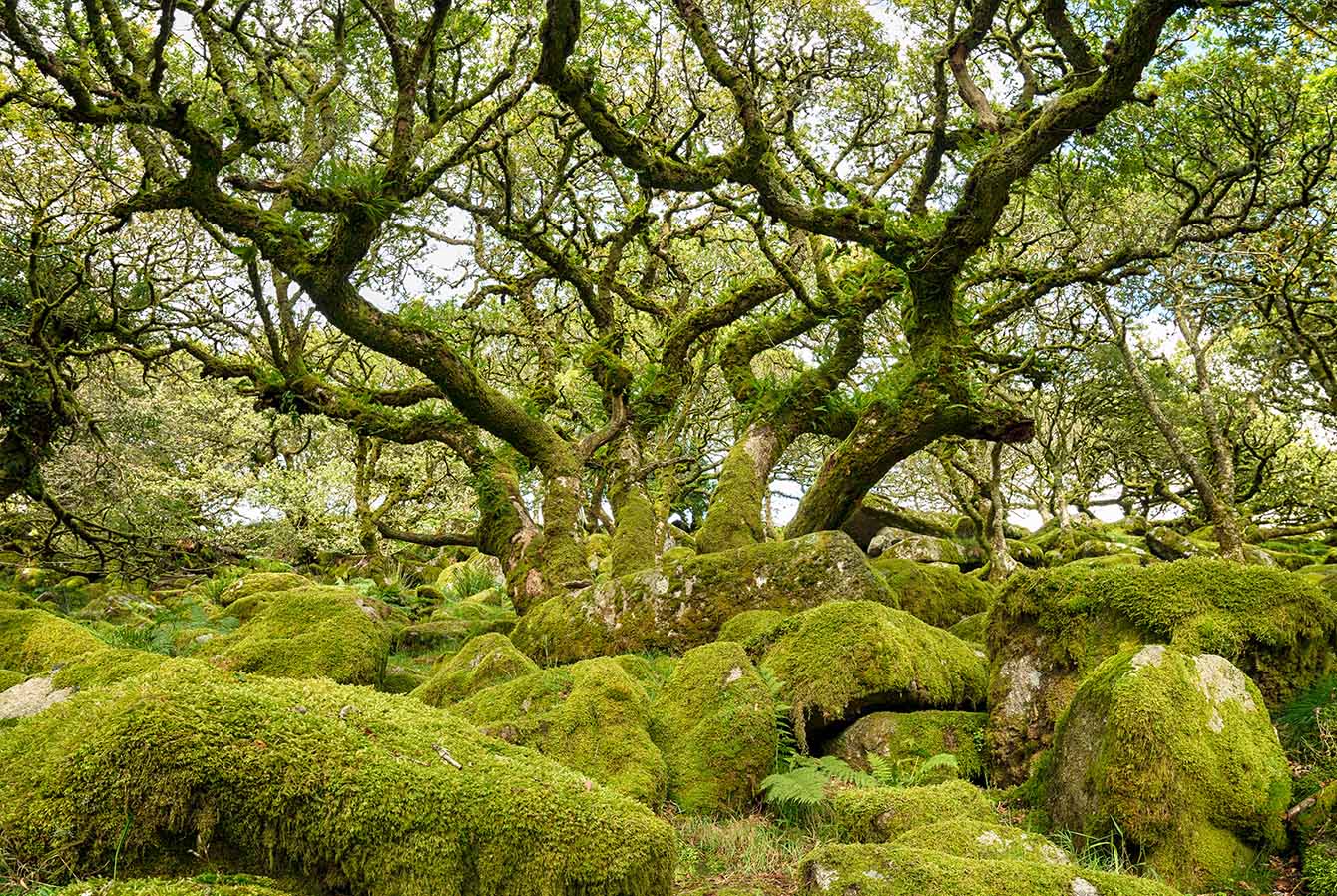Explore Surrounding Areas
Explore the stunning local areas to Dartmouth and discover more of the beautiful South West.
Surrounding Areas
Local Villages
The villages connecting Dartmouth westward along the coast are Stoke Fleming, Strete, Slapton and Torcross, each with a charm of their own. Country pubs, churches and post offices supporting these historic hamlets and a delight to explore.
These villages also played an important part in our WWII history, as they were evacuated for secret invasion practice landing for the preparations for D-Day. When you visit Torcross, a lone US Sherman Tank stands to salute the fallen not only to all those who were lost during WWII and D-Day but especially to the 639 US Servicemen who sadly perished during Exercise Tiger on 28th April 1944. You can learn more about this here.
Slapton Ley is the largest natural freshwater lake in the South West of England and is a sanctuary for many species of wildlife and birds. Walking around the Ley is a peaceful and tranquil experience and car parking is available at the War Memorial car park, which is pay and display.
North of Dartmouth, the village of Dittisham (pronounced locally as Ditsum) can be found, where you can travel by car or by a ferry trip from Dartmouth to this quaint and popular village. The quay in Dittisham provides an amazing photo opportunity with its cottages on the edge of the river Dart. There is also a river crossing ferry to Greenway Quay and access to the former home of Dame Agatha Christie, Greenway House and Gardens, now managed by the National Trust.
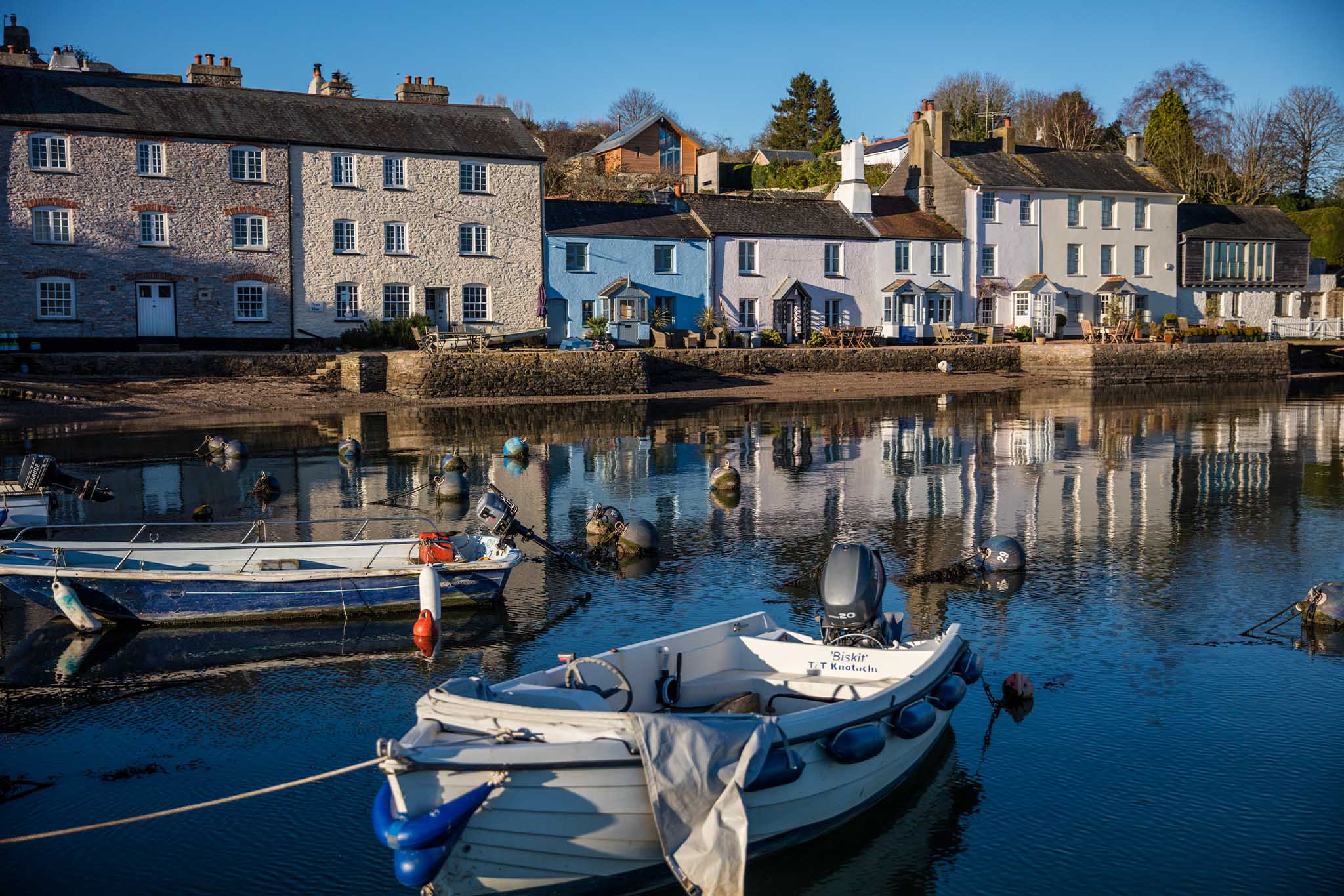
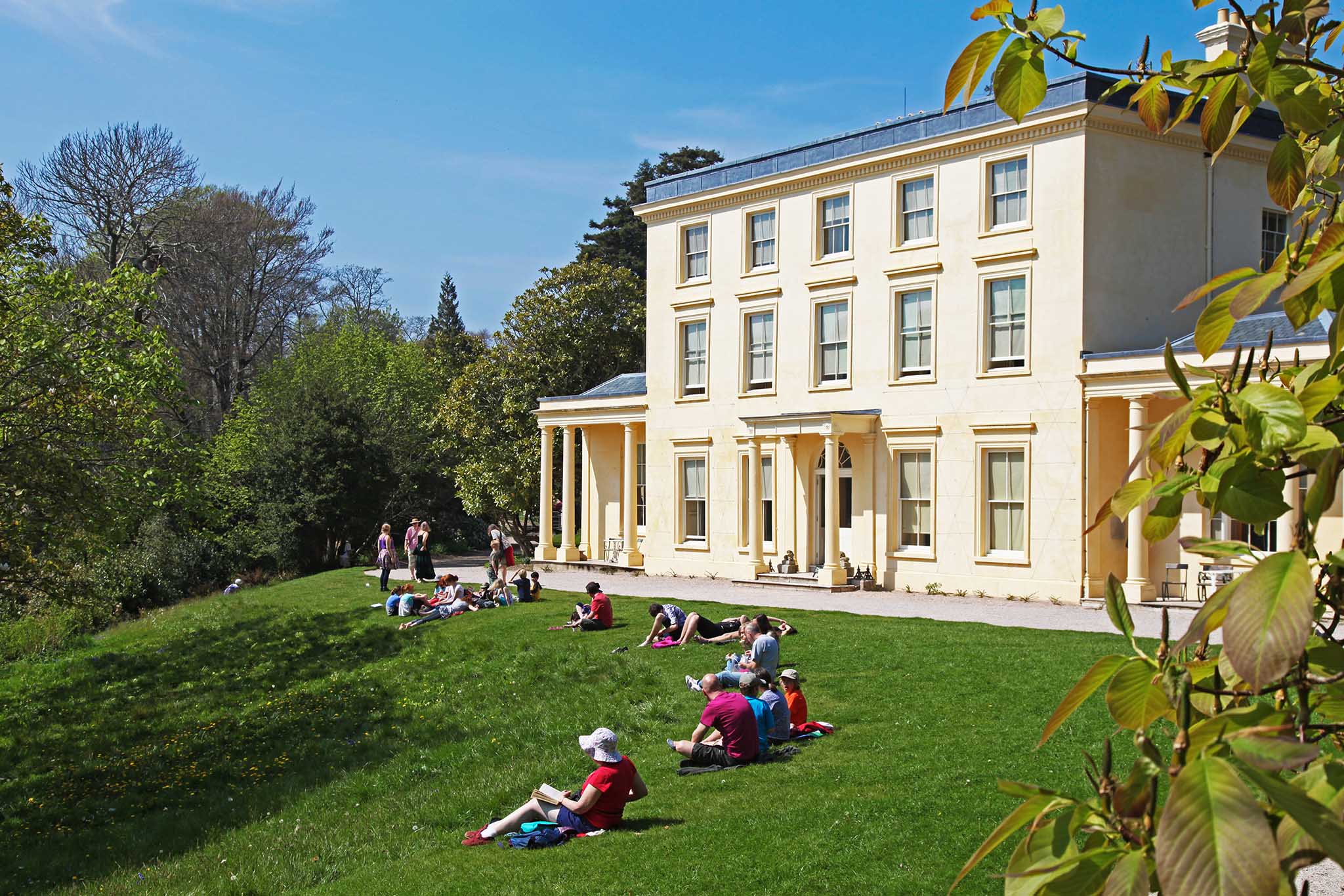
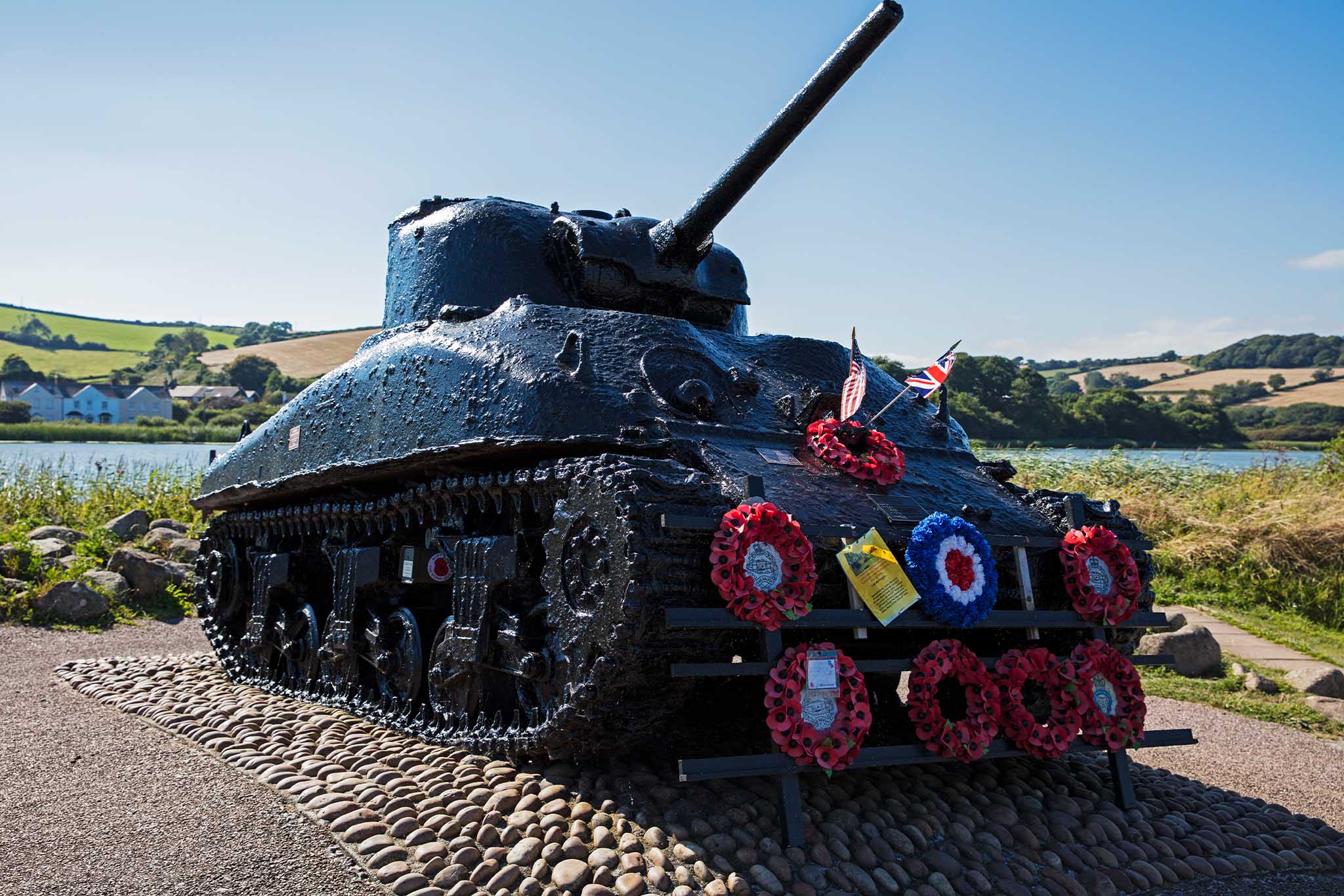
Brixham
Brixham is a busy fishing town set in the heart of Devon at the southern end of Torbay. Ideally placed to enjoy the very best of cruising in Devon and Cornwall and is easily accessible. Historically, in Saxon times it was two separate communities with a marshy lane that ran between the two of them. Cowtown was the area on top of the hill where the farmers lived and then a mile away in the harbour was Fishtown where the seaman lived. Famously, William of Orange (afterwards King William III) landed in Brixham with his Dutch army in 1688 during the glorious revolution.
The cobbled streets, pastel coloured houses and tranquil harbour make this one of the most picturesque coastal towns in the south west. It is home to one of the busiest fishing ports in the UK, with early morning fish auctions that are held in the famous Brixham Fish Market.
There are vibrant shops, restaurants and bars around the beautiful harbour, making this a favoured place to visit for tourists.
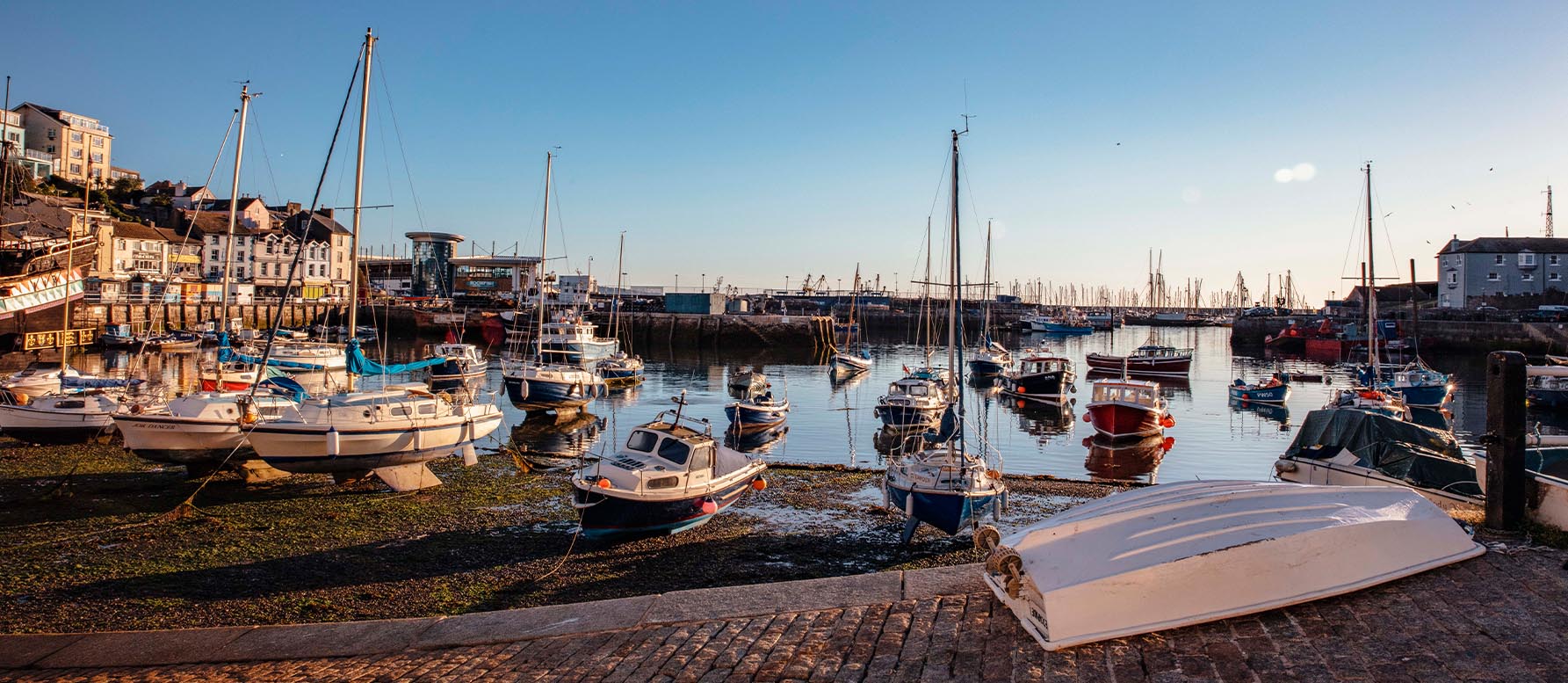

Paignton
One of the brightest jewels in the English Riviera’s crown, as you arrive in the seaside resort of Paignton, you are met with the welcoming sight of its long stretch of beautiful and easily accessible beachfront, promenade, traditional pier, colourful beach huts and a green. What’s great about Paignton is that it is a compact resort, with the seafront and town centre shops all within close proximity, making it an ideal Devon holiday resort for that relaxing break away. Once you arrive, you don’t have to go far, but of course, there is plenty to see and do in the area if you wish to get out and about and explore.

Totnes
Nestled between Dartmoor and the South Devon coastline, Totnes is a captivating market town with a colourful history dating back to 907 AD. Sitting on the banks of the River Dart, this unique and charming town has an international reputation for its lively and diverse community and relaxed atmosphere. The river now provides a scenic backdrop for short walks and riverside eating, kayaking and canoeing.
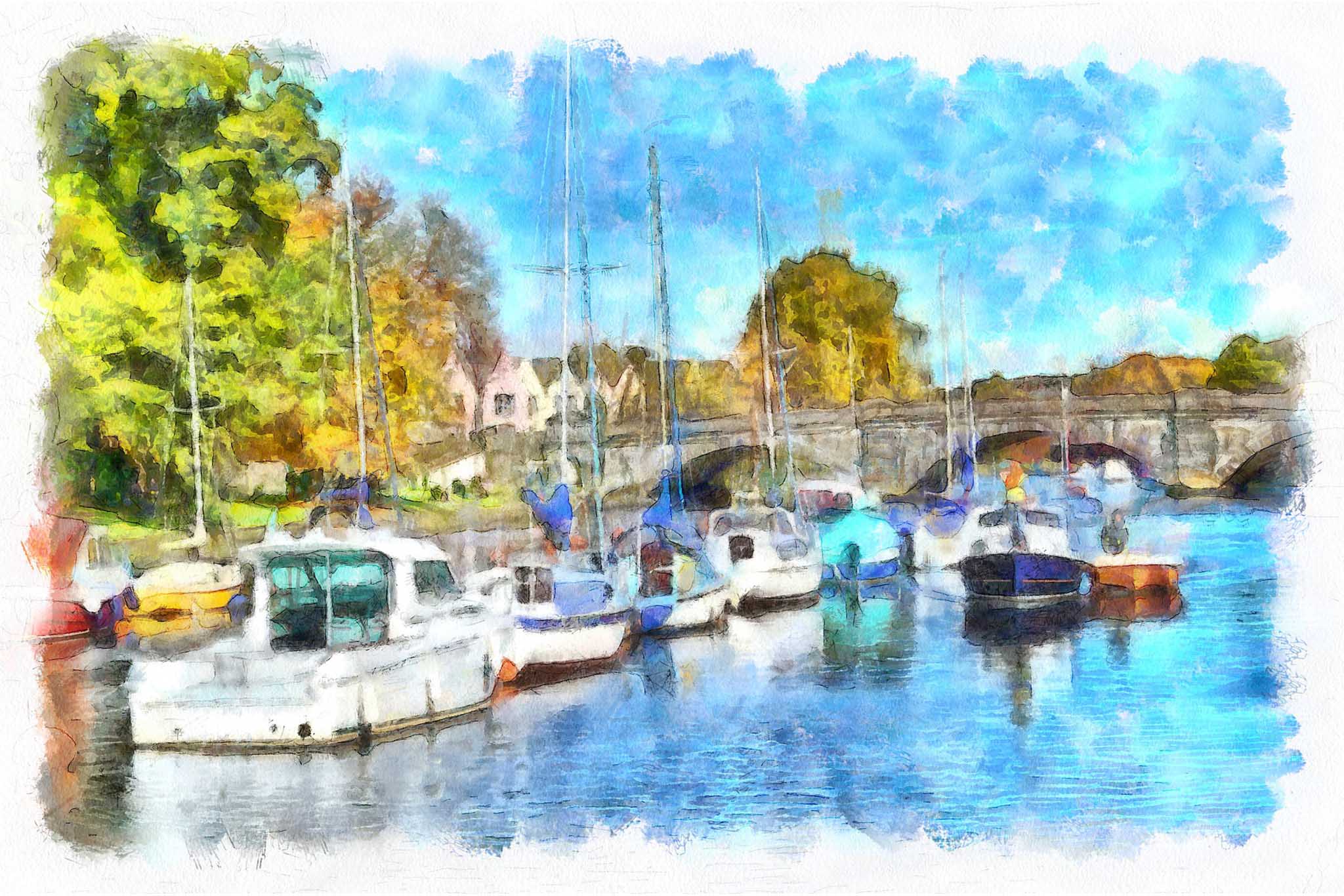


Kingsbridge
Situated at the head of the Salcombe estuary, this bustling market town is a picturesque place to while away the hours. Filled with a friendly, good natured atmosphere, welcoming locals and fascinating history, Kingsbridge is a wonderful destination to add to your itineraries.
Kingsbridge is surrounded by beautiful countryside, the friendly atmosphere and easy access to both the South West Coast Path and nearby towns and villages making it the perfect base for anyone wanting to explore South Devon. It’s hardly surprising that it is a good spot for exploring the surrounding areas. Kingsbridge got its name from an ancient bridge that was built to link the royal estates of Alvington and Chillington.
The countryside and estuary make it a popular spot for walkers and sailors alike. While the town itself has a gentle, easy going atmosphere, the estuary provides plenty of opportunities to get out onto the water and indulge in some watersports, especially if you’re into kayaking and paddleboarding while the South West Coast Path and the countryside offers excellent walking and cycling routes. Kingsbridge falls within the South Devon Area of Outstanding Natural Beauty (AONB) where you can find numerous walking trails and nature reserves, giving you plenty of chances to get out and about.


Torquay
Torquay is a seaside resort town on the English Channel in Devon, south west England. Known for beaches such as Babbacombe and cliffside Oddicombe. Its coastline is nicknamed the English Riviera. Torquay Harbour near the town centre offers shops, cafes and a marina. Torre Abbey, a monastery founded in 1196, has art galleries and extensive gardens featuring plants from local writer Agatha Christie’s novels.

Babbacombe
Babbacombe is a district of Torquay, Devon, England. It is notable for Babbacombe Model Village, the Babbacombe Theatre and its clifftop green, Babbacombe Downs, from which Oddicombe Beach is accessed via Babbacombe Cliff Railway.
Dartmoor
Dartmoor National Park is a vast moorland in the county of Devon, in south west England. Dartmoor ponies roam its craggy landscape, defined by forests, rivers, wetlands and tors (hilly rock formations). Trails wind through valleys with Neolithic tombs, Bronze Age stone circles and abandoned medieval farmhouses. The area is dotted with villages, including Princetown, home to Dartmoor Prison used during the Napoleonic Wars.
Dartmoor’s wild picturesqueness has made it a popular setting for English mystery fiction, notably Sir Arthur Conan Doyle’s The Hound of the Baskervilles.
Wistman’s Wood is an amazing and beautiful group of stunted oak trees growing among granite boulders, and makes a great walk from the Two Bridges Hotel.
Wistman’s Wood lies about a mile north of the Two Bridges Hotel, covers some 3 hectares, and is owned by the Duchy of Cornwall. The wood is famous for its twisted and weathered dwarf trees, covered in mosses and lichens. The trees are mainly oak, but you’ll also find mountain ash, hollies, and ground plants such as bilberry and woodrush, plus mosses, ferns and grasses.
The wood is managed by the Nature Conservancy Council, with help from local volunteer wardens. There is no restriction on access to the woodland reserve, but visitors are asked not to light fires, and to keep outside any areas cordoned off for scientific work.
